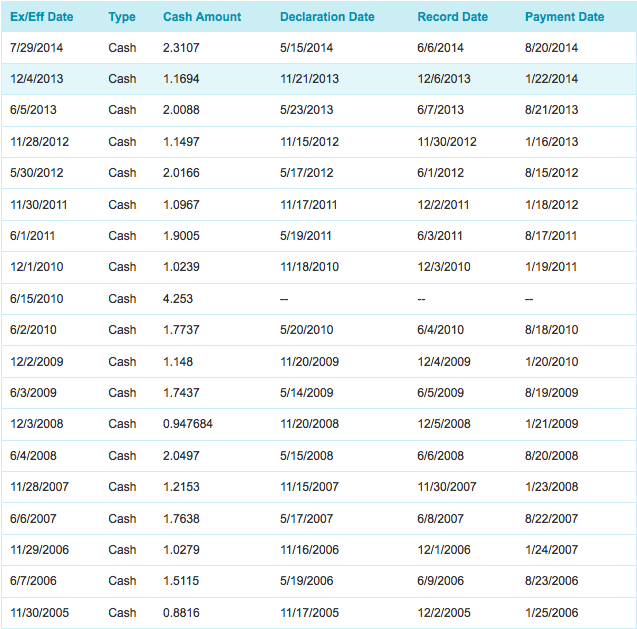Utility companies tend to be among the most stable dividend-paying investments because of the nature of their business. Regulators allow companies to set their prices at levels that enable them to pay their stockholders solid dividends. The trade-off for these high dividends is that these companies often grow slowly, with their growth often constrained to around the rate of inflation. One company is an exception to this rule, however. That company is the U.K.-based electric and gas utility National Grid plc (NGG +0.25%).
Operations on both sides of the Atlantic
National Grid is a large utility company that operates in both the United Kingdom and the United States, which makes it one of the few utility companies to operate in multiple countries. This does offer the company some advantages because it has exposure to both economies and both regulatory bodies. Thus, if the regulators in one country impose severe price controls, as is currently the case in the United Kingdom, then the exposure to the other country can help to offset that.
With that said, National Grid has been making preparations to prosper even under this price-controlled regime. For example, over the past year, the company has invested $5.7 billion into building out its infrastructure in the U.K. This should allow it to cut the costs of maintaining its infrastructure and then pass these savings on to its customers. Unfortunately, analysts expect that this will only partially insulate the company from the new price-controlled regime as they see earnings per share falling by 16% this year compared to last year.
Huge yield
National Grid currently pays one of the highest dividends available in the utility sector. At the time of writing, National Grid yields 6.25%. Here is how that compares to several other companies in the sector:
| Company | Dividend Yield |
| National Grid | 6.25% |
| Exelon (EXC +0.03%) | 3.62% |
| The Southern Company (SO 0.50%) | 4.90% |
| Consolidated Edison (ED +0.18%) | 4.66% |
As the chart shows, National Grid offers a dividend yield that is significantly higher than those of its peers. Because utility companies are primarily dividend investments, this could indicate that National Grid offers a better investment opportunity than its peers.
Different dividend payment schedule than its American peers
However, it gets better. Like many European companies, National Grid pays a dividend that fluctuates with the company's earnings but the overall trend has been upward.

Source: NASDAQ
As you can see, National Grid's payment structure is somewhat different from those of its lower-yielding peers. The company pays an interim dividend at around the end of November and then a much larger one at around the middle of the year. This may be one reason why the company boasts a much higher yield than its peers. As a rule, American investors are not used to a payout structure that looks like this. If you can handle it, though, then you can enjoy the much higher rewards that come with it.
Dividend should grow faster than inflation
Analysts expect the company to raise its dividend again this year even though they expect it to report lower net income. This is because they expect the preparations that the company made to handle the new price-controlled regime to provide a much clearer view of its future net income. They expect the company to raise its dividend at a pace above the rate of inflation, which means that it should allow investors to buy more going forward than it does now.
Foolish takeaways
In conclusion, National Grid's status as a utility offers a measure of safety for investors. In addition, its high dividend yield can provide a solid source of income for investors who seek that from their investments. Finally, the company looks staged to increase its dividend at a rate that exceeds inflation, which ensures growing purchasing power for investors.
